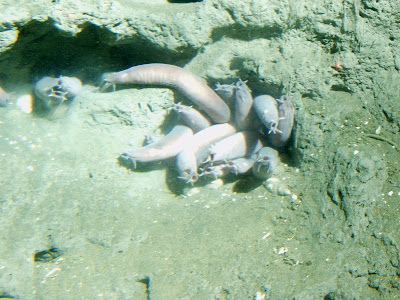 |
| Photo: Pixabay |
In Southern Ontario, May 24th is the traditional day for planting annuals. That’s because the probability of frost after that date is negligible. Not this year. A few days after the 24th, Environment Canada warned us of the possibility of frost overnight, and they were correct. We had quite a lot of frost damage. The strange thing was that the overnight temperature was predicted to be above zero by a degree or two. I was puzzled because I thought you can only get frost at temperatures below freezing.
To understand frost, you have to understand dew. Air contains moisture. The warmer the air, the more moisture it can hold. If the temperature keeps dropping, it reaches the “Dew Point” where the air can no longer contain its moisture and water droplets (dew) form out of the air. The Dew Point is dependent on the humidity of the air. If there a lot of moisture in the air, the Dew point is only a little below the actual temperature. If the air is relatively dry, the Dew Point is well below the actual temperature. What if the Dew Point is below freezing? Then we rename the Dew Point and call it the “Frost Point”. When the temperature drops to the Frost Point — you guessed it — instead of water condensing out of the air, frost appears.
Back to the mystery of frost when the temperature doesn’t reach freezing. Overnight, as the temperature drops, the ground radiates heat more quickly than the air. So the ground is colder than the air, and the air closest to the ground is colder than air higher up. The fact that cold air is denser and therefore sinks also contributes to the temperature increasing with height. A difference of four degrees between the ground and a height of 1.5 metres would be typical if there is no wind to mix the layers of air.
 | |||
| Stevenson Box. Photo: Metfm, CC BY-SA 4.0, courtesy Wikimedia Commons |
And one learning from this is to remember that meteorology is not an exact science.





